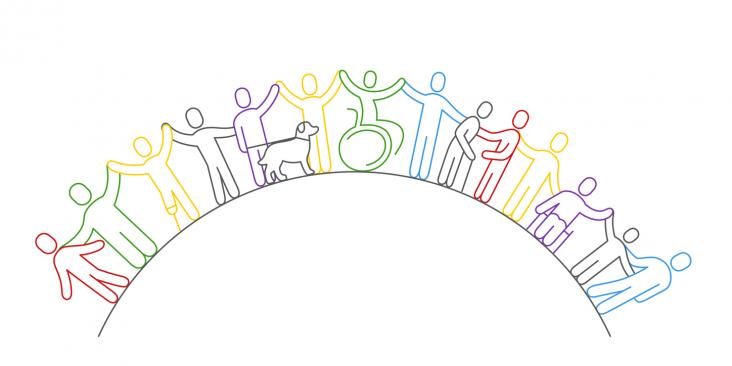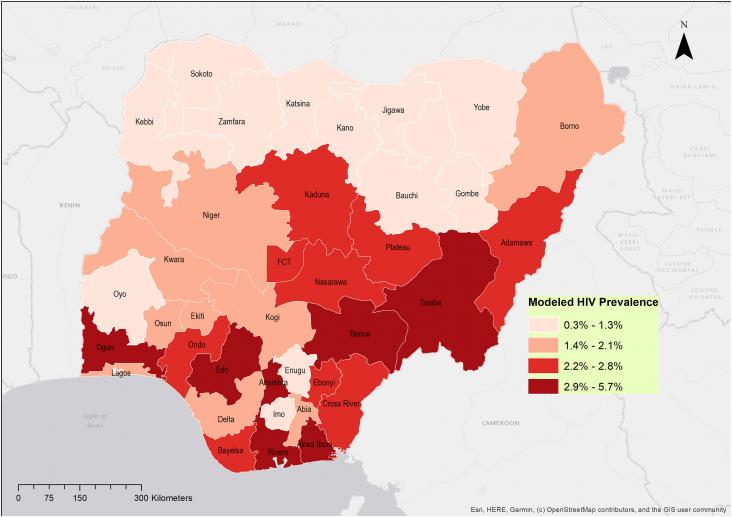This content aligns with Goal 3: Good Health by detailing specialized training techniques that can enhance the quality of life for individuals with visual field loss, thereby improving their ability to navigate their environment and engage in daily activities. By focusing on tailored interventions such as eccentric viewing, visual exploration, and scanning training, the chapter promotes effective rehabilitation strategies that contribute to better health outcomes for those affected by visual impairments. Additionally, it supports Goal 10: Reduced Inequalities by ensuring that individuals with visual field loss have access to adaptive training methods, which can empower them to lead more independent and fulfilling lives, regardless of their socioeconomic status or background.
Translational Sports Medicine
Handbook for Designing and Conducting Clinical and Translational Research
2023, Pages 513-518


